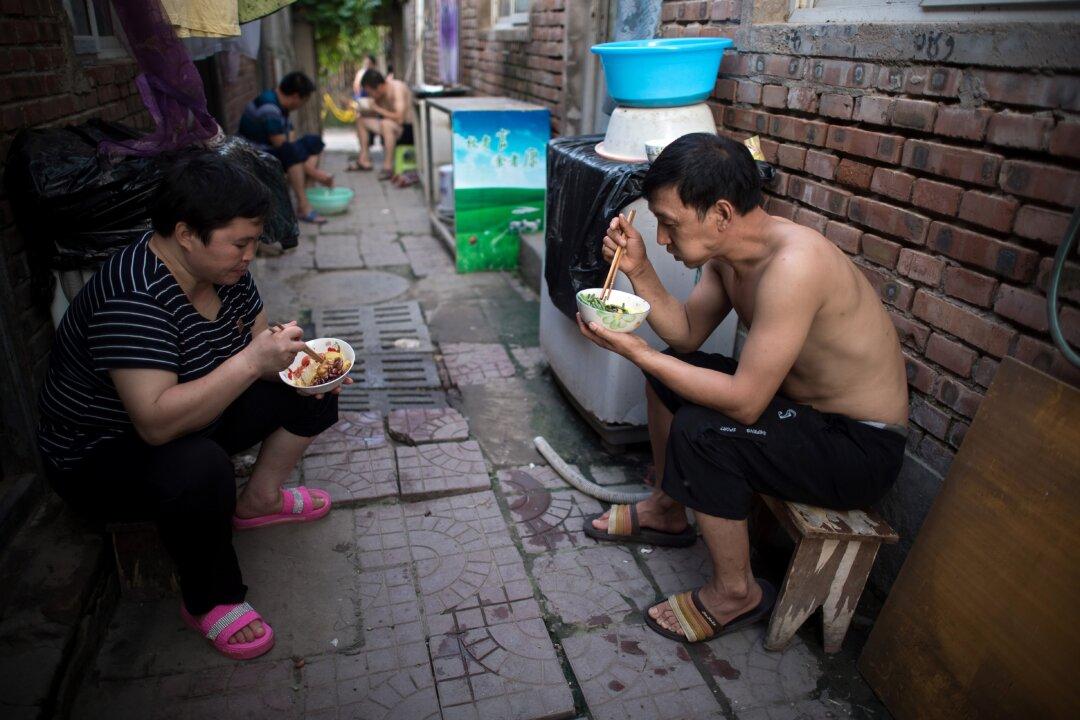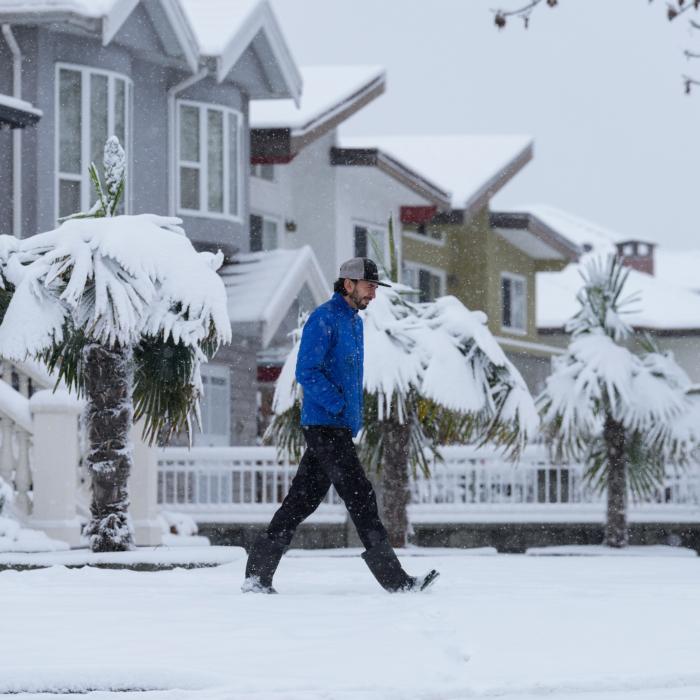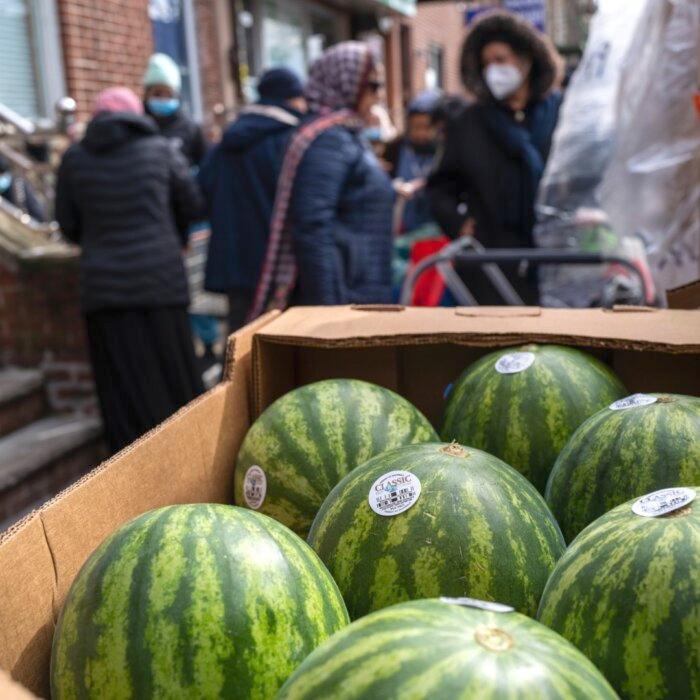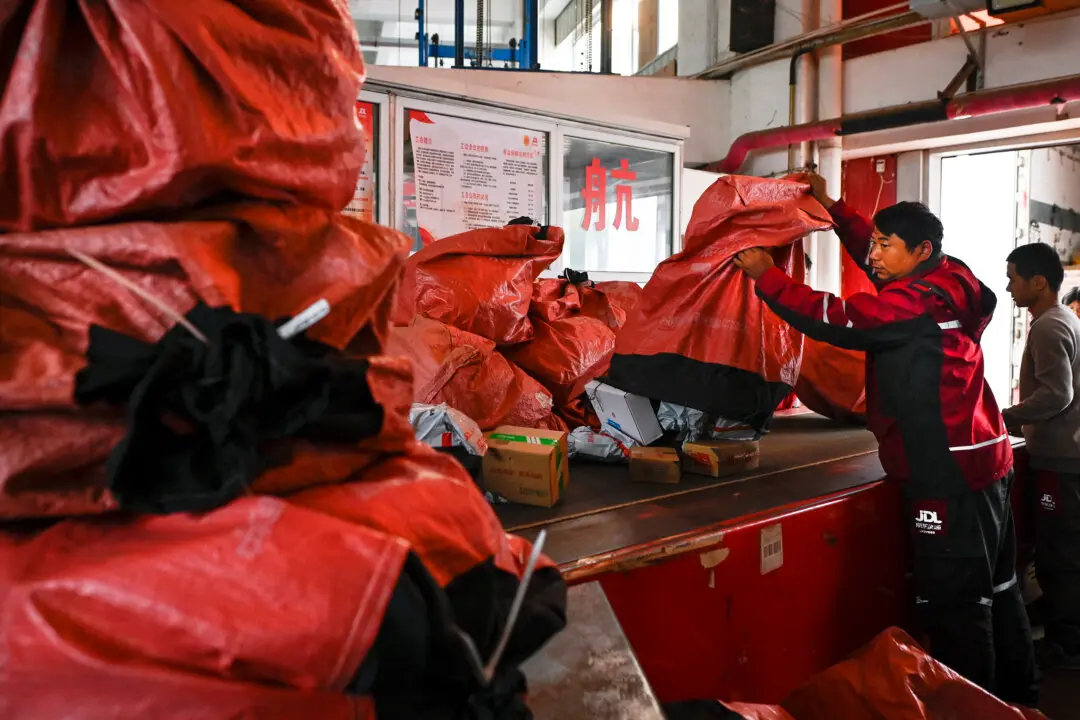The Chinese communist regime’s Ministry of Civil Affairs issued a notice in recent days requiring all local governments to strengthen the identification and dynamic monitoring of low-income populations.
According to the notice, those to be identified include minimum living security recipients, extremely poor people, families on the margins of minimum living security, and families with basic expenditure difficulties, China’s state TV network CCTV reported on May 6. While strengthening the dynamic monitoring of low-income populations, all localities should aim at “preventing risks,” the notice states, although it does not mention low-income criteria.
In January 2022, the Ministry of Civil Affairs stated that, as of the end of 2021, there was a population database containing more than 58 million low-income people from across the country. By October 2023, the ministry stated that the national low-income population dynamic monitoring information platform had collected basic information on more than 66 million low-income people, accounting for about 4.7 percent of the country’s total population.
According to China observers, the Chinese regime’s low-income population is much larger than the official number, and its low-income population monitoring system is intended to provide regime stability as more middle class have fallen into poverty.
U.S.-based China observer Wang He questioned the data.
“According to the Chinese Communist Party’s own official figures, the number of low-income people in 2021 was 58 million. After the COVID-19 pandemic, the number increased by 8 million to 66 million. The question is that China’s low-income population is really only 66 million?” he told The Epoch Times.
Mass Poverty
According to the World Bank, the poverty line means that daily living expenses per person are at $5.50 or below, which is about 1,200 yuan per month. In May 2020, China’s then-Premier Li Keqiang said that China had “600 million people whose monthly income is only about 1,000 yuan,” which attracted attention to the mass poverty of the world’s second-largest economy.Mr. Wang said Mr. Li accidentally revealed that 600 million people have low incomes and that the official data now state that it’s only 66 million people.
“This shows that China has a large number of low-income people, and the CCP has tried every means to cover up the true situation,” Mr. Wang said.
In recent years, China’s subsistence allowance fraud and corruption by local authorities have been exposed periodically.
Mr. Wang said the CCP’s subsistence allowance system was originally meant to keep those in poverty alive, but the CCP’s corruption is everywhere.
“The right to identify subsistence allowances belongs to the CCP’s township level, and they get state financial subsidies into their own pockets,” he said.
Mr. Lai said the CCP’s corruption stretches throughout its system, from the central to local levels.
“Many low-income households cannot get the subsistence money,” he said.
Mr. Wang said people will rebel when they cannot survive, so the CCP strictly controls the entire society and adopts many methods, including establishing a subsistence allowance system and, now, strengthening its monitoring of the poor.
Mr. Lai said migrant workers from rural areas who cannot find jobs in cities and have insufficient food may be dissatisfied and even connect with each other to form networks. The CCP has now launched various means to maintain stability, including issuing subsistence allowances, he said.
“It is said to be a living subsidy to low-income people, but it is actually a very strong concept of maintaining stability,” he said.






